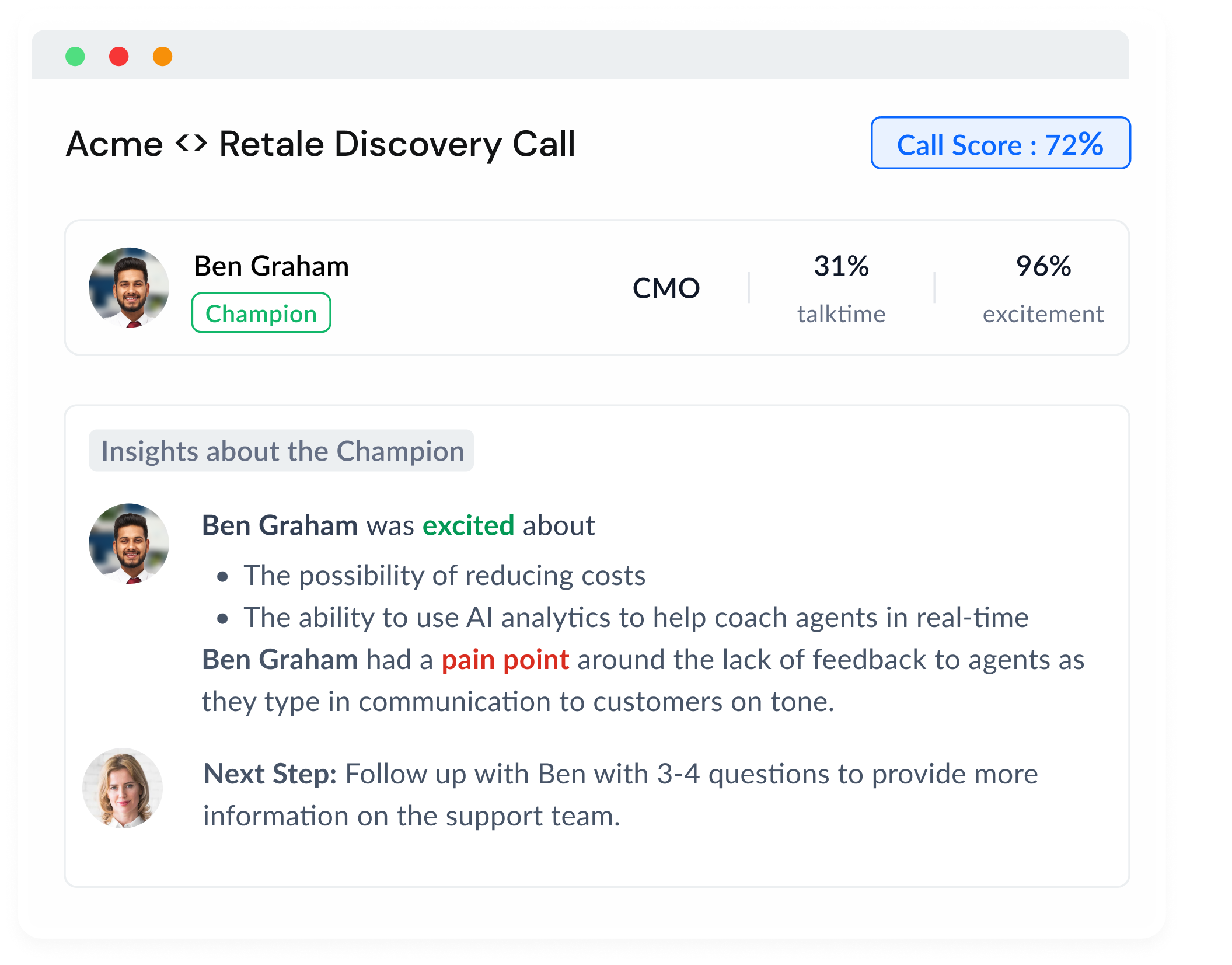Sales forecasting is a critical aspect of any successful business – it's the crystal ball that helps predict future sales, revenue, and growth. But how can you develop a reliable forecasting model?
In this blog post, we'll explore real-world examples and stories that showcase the power of sales forecasting and guide you in creating the ultimate forecasting model for your business.
Case Study 1: The Startup That Scaled
Once upon a time, a small tech startup had an innovative product and a rapidly growing customer base. They faced challenges in predicting their sales and managing their resources effectively. After implementing a sales forecasting model based on historical sales data and market trends, the startup was able to allocate resources more efficiently and scale their business to new heights.
Key Takeaway: A well-designed sales forecasting model can help startups manage their resources better and scale effectively.
Case Study 2: The Seasonal Business That Flourished
In the world of seasonal businesses, accurate sales forecasting can be the difference between success and failure. A family-owned holiday decor company struggled with inventory management and overstock issues. By analyzing their historical sales data and incorporating seasonal trends into their forecasting model, they were able to optimize inventory levels, reduce waste, and increase profitability.
Key Takeaway: Seasonal businesses can benefit significantly from sales forecasting that accounts for seasonal trends and fluctuations.
Case Study 3: The Enterprise That Optimized
A large enterprise with a complex sales cycle and multiple product lines faced challenges in predicting sales accurately. They implemented a sales forecasting model that combined data from their CRM, market research, and macroeconomic indicators. This comprehensive approach resulted in a more accurate forecast, enabling the enterprise to optimize its sales strategy, allocate resources more effectively, and drive revenue growth.
Key Takeaway: A multi-faceted sales forecasting model that combines various data sources can improve accuracy and drive strategic decision-making for large enterprises.
Case Study 4: The Small Business That Adapted
A small retail business faced an unexpected crisis that drastically impacted their sales. They needed to quickly adapt their sales strategy and pivot to new markets. By leveraging a sales forecasting model that incorporated real-time data and changing market conditions, they were able to identify new opportunities, shift their sales focus, and ultimately weather the storm.
Key Takeaway: Sales forecasting models that incorporate real-time data can help businesses adapt quickly to changing market conditions and stay afloat during challenging times.
Case Study 5: The Company That Nurtured Leads
An ambitious company with a long sales cycle and a diverse customer base struggled to prioritize leads and allocate sales resources effectively. By integrating a sales forecasting model that analyzed lead quality, conversion rates, and deal size, they were able to identify high-potential leads, nurture them more effectively, and ultimately close more deals.
Key Takeaway: Sales forecasting models that consider lead quality and conversion rates can help businesses prioritize leads and close more deals.
Conclusion
These real-world examples and stories demonstrate the power of sales forecasting in driving business success. By learning from these cases and tailoring your forecasting model to your unique business needs, you too can unlock the potential of sales forecasting and propel your business forward. Remember, the art of sales forecasting lies in finding the perfect blend of historical data, market trends, and real-time insights to make informed decisions and stay ahead of the competition.















.png)





